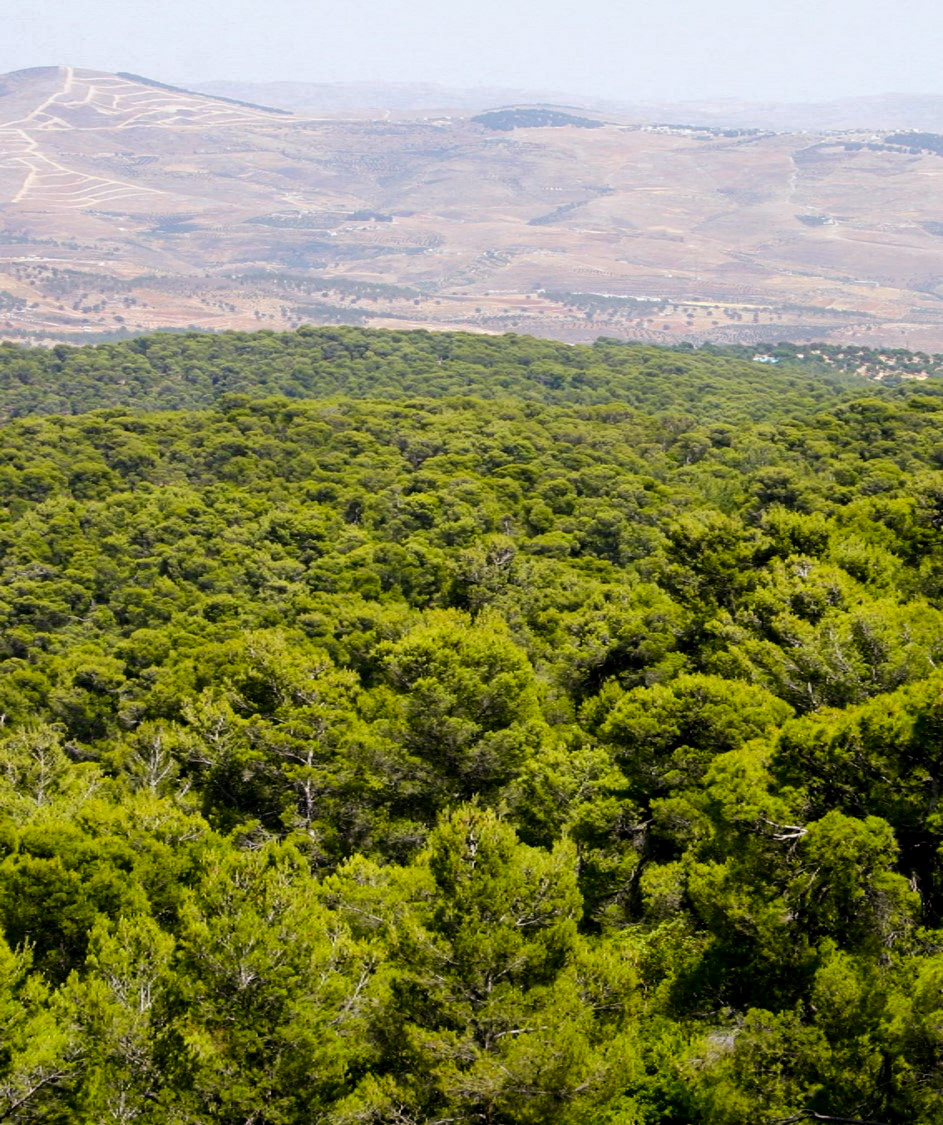The upcoming 28th Conference of the Parties (COP28) to the UN Framework Convention on Climate Change in Dubai comes at a critical time. Against a rapidly closing window of opportunity, we must overcome two of the most significant challenges for human societies: climate change and biodiversity loss. They are inseparable, interdependent, and mutually reinforcing. Our current approaches fall short of what scientific evidence indicates is needed to address them.
This task is core to the mission of the International Union for Conservation of Nature (IUCN): to influence, encourage and assist societies worldwide to conserve the integrity and diversity of nature and to ensure that any use of natural resources is equitable and ecologically sustainable.
Solving the linked challenges of climate change and biodiversity loss demands bold and transformative efforts. Responsibility falls on us all.
As the seven elected Commission Chairs of the IUCN, we represent over 15,000 scientists, scholars, policy makers, economists, lawyers, and other experts who work on issues related to this mission. For the first time, we are writing collectively because COP28 represents not just an opportunity to assess our progress, but to issue a profound call to action. We must adopt a holistic approach that recognises the interdependence of the climate and biodiversity crises. (Read IUCN's position paper for COP28 here.)
Solving these linked challenges demands bold and transformative efforts firmly anchored in science and the principles of justice and equity. At the core of the necessary whole-of-government and whole-of-society approach is the recognition that the fate of our planet rests not only in the hands of governments and institutions but also in the actions of the private sector, individuals, and communities. Responsibility falls on us all.
Four key elements should guide debates at COP28 and beyond over how best to design and deploy innovative solutions to biodiversity loss and climate change.





SSC Memebr,
The blue planet of earth is to be restored for long term survival of present day species eventhough active speciation and enlarging biodiversity in the limited space of earth. Entire globe should be balanced Human-surival ecosystems with extant species. Entire human community should be protected the diversity for postrity.
Holistic One Health Perspectives
I note the photograph used is of a degraded land used for agriculture, suffering climate drought effects. We cannot just link climate and biodiversity without considering agriculture and food systems. We need whole land use transformation if we are to solve this (i.e. centred on agriculture and lived human spaces) and a massive increase in carbon price to force a shift in energy systems. IUCN needs to join forces with UNEP and others to promote this change and just do better with the PAs!
The photo is of agriculture…
The photo is of agriculture. This is where IUCN focus should be, on landscape recovery with new food systems and not protected areas. This with raised carbon price are the only feasible ways to stop climate trends.
About the photo used in the infographics
I agree. The dramatic photo may intend to show the impact of climate but it may just be a "normal" field of grain (Sorgho?) after the crop. I agree also on the weak link with people in the message. Assuming they are taken care elsewhere by others would be a dangerous mistake. If this is not the case, proactive action is needed, supporting the GBF broader intent. Constrained to fight to survive, people will do it at the expense of Nature and "fortress conservation" will fail, again.
EN HERMOSILLO, SONORA,…
EN HERMOSILLO, SONORA, MÉXICO SE ESTA PRODUCIENDO UN ECOCIDIO, NECESITAMOS AYUDA PARA LA PROTECCIÓN DE RIOS, ESPECUES PROTEGIDAS EL SANTUARIO DE LUCIÉRNAGAS Y TALA DE ARBOLES PARA LA CONSTRUCCIÓN DE UN TREN INNECESARIO, AFECTANDO HABITANTES, ESPECIES Y EL ECOSISTEMA.
AYUDA POR FAVOR!!!!!
How to effect the needed global changes
Hello We know what the problems and solutions are. One of the major challenges is to convince the rich and powerful global elites through words and actions that they and they heirs are not immune to the effects of biodiversity loss and climate change, and that they must change their ways and the way the world operates to save themselves (and us). Please see https://www.theguardian.com/environment/2023/nov/20/richest-1-account-f… All the best G&S
We must unite our efforts to fight climate change and biodiversi
issues related to this mission. For the first time, we are writing collectively because COP28 represents not just an opportunity to assess our progress, but to issue a profound call to action. We must adopt a holistic approach that recognises the interdependence of the climate and biodiversity crises. (Read IUCN's position paper for COP28 here.)
Solving these linked cha
https://core-ball.org/
Green Road Project Association
The objectives are ideal, but we must be aware - and clear - that the reality of the diverse interests of certain groups or sectors will not voluntarily align with them. The structural change of the economic system will have a long road and that, if there is the will of the majority of actors. Furthermore, the adaptation of humans to new lower consumption patterns must go hand in hand with a deep understanding of nature and our relationship with it.
Add new comment